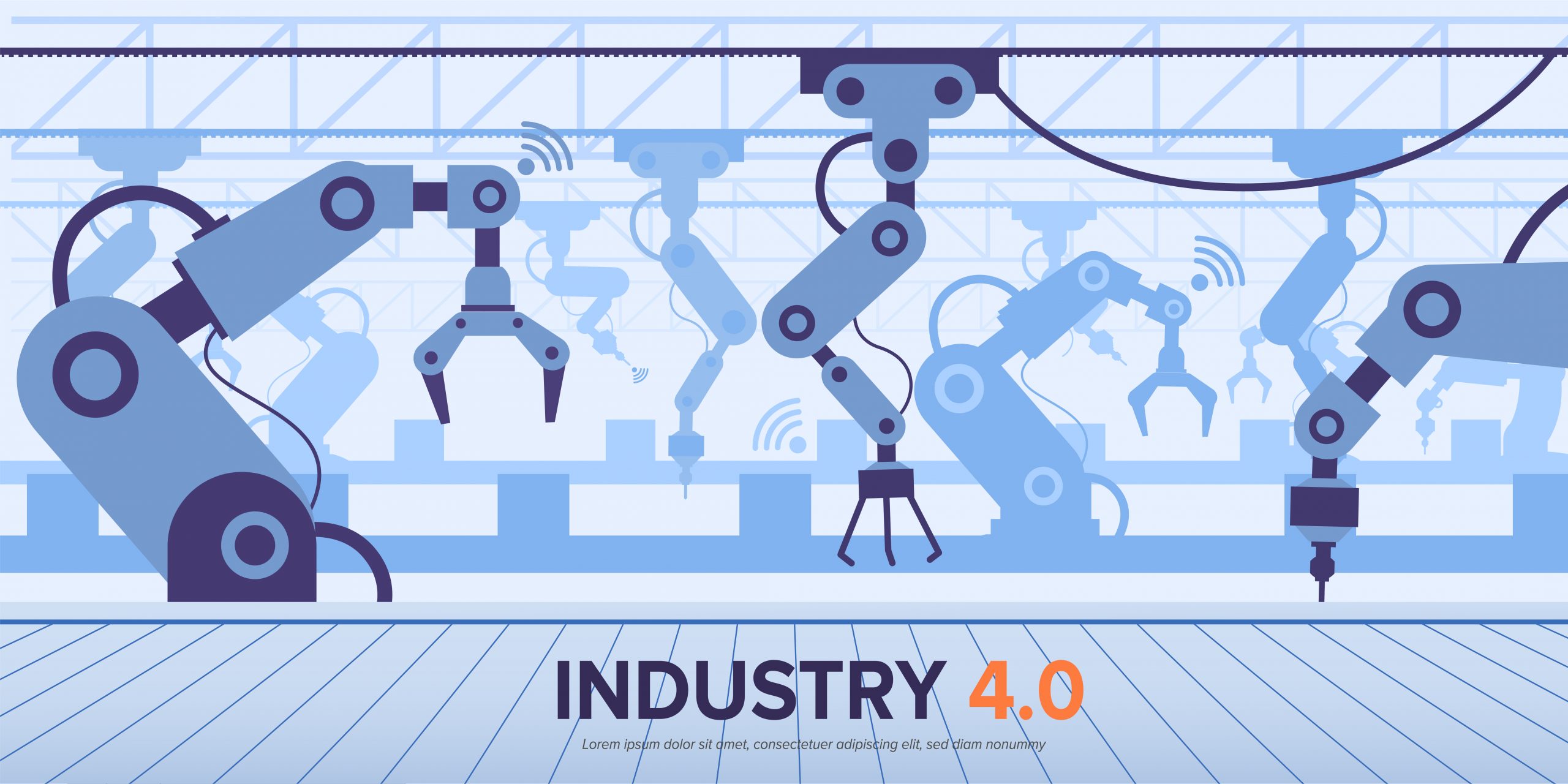Industry 4.0 has brought a complete revolution in the way different industries manufacture, improve, and supply their products and even offer services. Manufacturers belonging to different industry segments are integrating newer and better technologies into their manufacturing plants to streamline operations across departments and subdivisions. Some of the major technologies that the concept of industry 4.0 makes use of include the following:
- Internet of Things (IoT)
- Cloud computing and analytics, and
- AI and machine learning.
The manufacturing units and other similar establishments in this newer scenario are equipped with advanced robotics, sensors, and extremely sophisticated software programs that not only prove to be a boon in collecting and analyzing huge data but also in taking better decisions at each and every step of the production process. Even the driven payoff machine suppliers, all are striving to go fully automated by adopting industry 4.0 manufacturing standards. These ultramodern digital technologies have led to the following in different industry sectors:
- Increased automation
- Predictive maintenance
- Self-optimization of process improvements, and
- A new level of efficiency and responsiveness.
Smart and fully automated production facilities provide the manufacturing industry with a unique opportunity to take entry into the 4th industrial revolution. The ability to make a comprehensive analysis of the data obtained from the sensors on the production floor helps ensure real-time visibility of different crucial and high-value assets and provides useful insights for performing predictive maintenance while drastically reducing equipment downtime.
Automated plants prompt higher efficiency and better quality
Involving cutting-edge IoT devices in smart, automated plants prompts higher efficiency and better quality. Supplanting manual inspection plans of action with computer-based intelligence-controlled visual experiences lessens manufacturing mistakes and saves both money and time. With negligible investment, the quality control workforce can set up a cell phone link with the cloud to screen monitoring processes from practically any place. By applying AI calculations, manufacturers can recognize blunders right away, rather than at later stages when fixing work gets more costly. Industry 4.0 ideas and innovations can be applied across a wide range of new-age organizations, including discrete and process manufacturing, oil and gas, mining, and other contemporary industrial segments.
Historical context for industry 4.0 right from steam to the senso
First industrial revolution
The first industrial revolution began in the late 18th century in the United Kingdom wherein the mass production of various products started putting into use water and steam power in place of human and animal power.
Second industrial revolution
The second industrial revolution saw the concept of assembly lines supplanted by the use of oil, gas, and electric power.
Third industrial revolution
The third industrial revolution started in the 20th century. It was the time when computers, advanced telecommunications solutions, and comprehensive data analysis were added to the manufacturing processes.
Fourth industrial revolution
We are presently in the fourth Industrial revolution, likewise alluded to as Industry 4.0. Portrayed by expanding robotization and the work of brilliant machines and shrewd manufacturing plants, informed information assists with delivering merchandise all the more effectively and gainfully across the value chain. Adaptability is improved so makers can all the more likely satisfy client needs utilizing mass customization — eventually trying to accomplish proficiency with, much of the time, a great deal size of one. By gathering additional information from the production line floor and consolidating that with other venture functional information, is how a dual capstan supplier can accomplish data transparency and better choices.
Key Drivers of the Industry 4.0 Revolution
Internet of Things (IoT)
The Internet of Things (IoT) is a critical part of smart manufacturing plants. Machines on the processing plant floor are outfitted with sensors that highlight an IP address that permits the machines to interface with other internet-empowered gadgets. This mechanism and network make it feasible for a lot of important information to be gathered, examined, and traded.
Cloud computing
Cloud computing is the foundation of any Industry 4.0 methodology. Full acknowledgment of smart assembling calls for network and joining of designing, store network, production, deals and dispersion, and administration. Cloud helps make that conceivable. Furthermore, the enormous measure of information being put away and examined can be handled all the more proficiently and cost-effectively with the cloud. Cloud computing can likewise lessen startup costs for small and medium-sized manufacturers who can right-measure their necessities and scale as their business develops.
Artificial intelligence and machine learning
Artificial intelligence and machine learning permit manufacturing organizations to make the most of the volume of data produced on the plant floor, across their specialty units, and even from accomplices and external sources. Simulated intelligence and machine learning can make bits of knowledge giving predictability, consistency, and computerization of tasks and business processes. For example, modern machines are inclined to break down during the creation process. Utilizing the information gathered from these resources can assist organizations with performing prescient support because of AI calculations, bringing about additional uptime and higher proficiency.
Edge Computing
The demands for constant manufacturing activities imply that all the data examinations should be finished at the “edge” — that is, where the data is made. This limits latency time from when data is delivered to when a reaction is required. For example, the discovery of a security or quality issue might call for close constant activity with the hardware. The time expected to send information to the enterprise cloud and afterward back to the industrial facility floor might be excessively lengthy and relies upon the unwavering quality of the network. Utilizing edge computing likewise implies that information stays close to its source, diminishing security risks.
Concluding Remarks
Suparmac is a top dual capstan supplier in India with a dominating presence among the leading driven payoff machine suppliers. In its endeavor to conform to Industry 4.0 norms, the company has taken strong strides forward in implementing a large number of digital initiatives that play a key role in enhancing the areas that include process optimization, quality control, cross-vendor shop floor integration, energy efficiency, predictive maintenance, and data security.





